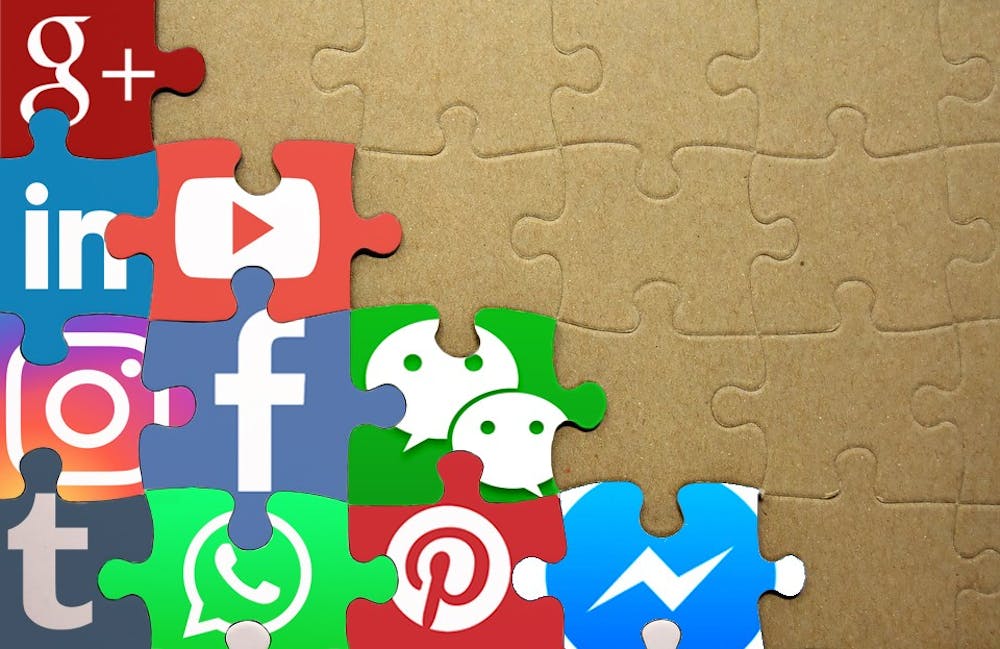Along with the continued increase in coronavirus (COVID-19) cases is the multiplying amount of information and coverage about the virus, a lot of which is through the form of social media.
Some experts have used social media to propagate medical findings on COVID-19. On the forefront of this is Dr. Anthony Fauci, director of the National Institute of Allergy and Infectious Diseases. He has made appearances through various social media platforms, and he is able to reach a large range of audience by conducting interviews with celebrities like Stephen Curry, Mark Zuckerberg, Trevor Noah and Philip DeFranco.
In an interview with The News-Letter, Dr. Shmuel Shoham, an associate professor at the School of Medicine, highlighted the benefit of using social media as a medical professional to communicate his work to others.
“The way of getting the message across of what we are doing and getting people interested is multiplied through social media,” he said.
Besides reaching a larger audience, social media has also accelerated the process of science, especially in the context of the pandemic. In an interview with The News-Letter, Alain Labrique, the director of the Hopkins Global mHealth Initiative and an associate professor at the Bloomberg School of Public Health, explained that social media enables scientific collaboration. This in turn, he said, accelerates treatment development.
“We as scientists have been able to share info about a novel unknown pathogen and learn from each other rapidly,” he said. “That has helped us accelerate the scientific progress around [understanding] epidemiology and finding effective treatment and development of vaccines.”
Due to the infectious nature of COVID-19, social distancing has been adopted to mitigate the disease’s spread. This public health strategy has also resulted in reduced in-person contact, including doctor’s visits. The pandemic, however, created opportunities to progress medicine and health care by pushing for the rapid approval of telemedicine and remote health care.
“During the COVID-19 pandemic, the Office of [the] National Coordinator of the U.S. has issued guidance that allowed for some of these telemedicine visits to occur as part of the emergency response,” Labrique said.
This new format of health care and medicine, Labrique believes, can also have long-term benefits and may even lead to a fundamental change in medical practice.
“We think coming out of the pandemic we will have some way to improve the accessibility of medicine to reach more people using innovations like telemedicine,” Labrique said.
However, there is also downside to the use of social media during the COVID-19 outbreak. With the massive amount of information floating on social media comes concerns of its validity. Some people, like senior Reece Carter, are concerned about obtaining distorted interpretations of news and science.
“The information [on social media] comes with interpretation, so I think that makes me question the validity of the post. They are adding some kind of slant about it to make it fit what they think about COVID,” he said.
Aside from propagating various opinions and interpretations of news, social media can also be used to propagate false information, which includes disinformation and misinformation.
Labrique defined disinformation as the false data that is purposefully shared. He explained that misinformation is unintentionally inaccurate or outdated information that is shared by people who genuinely misunderstand the underlying science.
Misinformation can result in detrimental health effects and create divisions at times when unity is needed the most.
To battle against invalid information, Labrique and other experts have increased their presence on social media.
“Many of us have been trying to also go beyond one form of social media and trying to be active in other channels to reach people who are well beyond our information bubble,” he said.
However, according to Carter, the spread of fact-based information is not enough. He argued that people should also critically evaluate the information they receive.
“The best way to go about it is to think about things scientifically. This is not a skill that a lot of people have,” he said.
Labrique echoed Carter’s sentiments.
“It’s easy for people to misinterpret the polish of a piece of social media content as a proxy for authenticity,” he said. “But just because something looks really professional doesn’t necessarily mean it’s correct.”

















